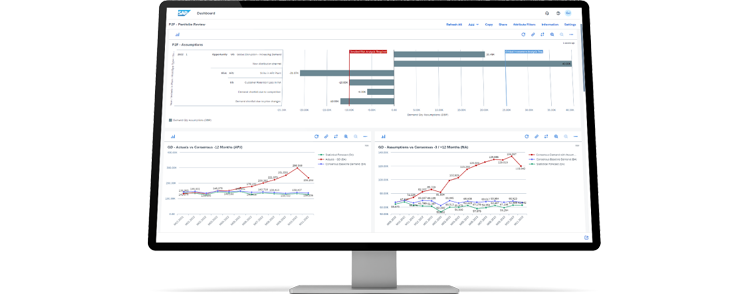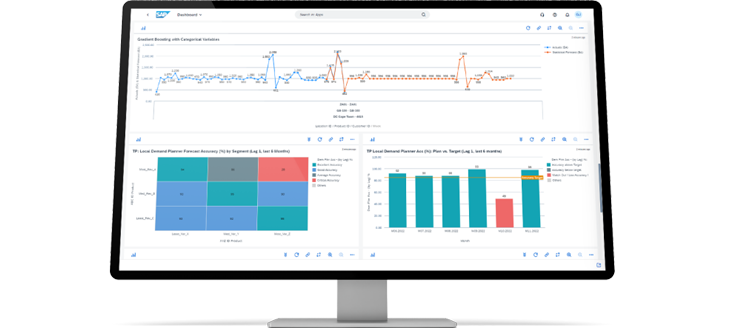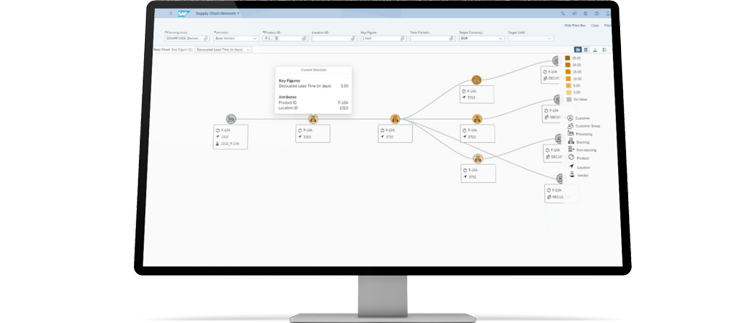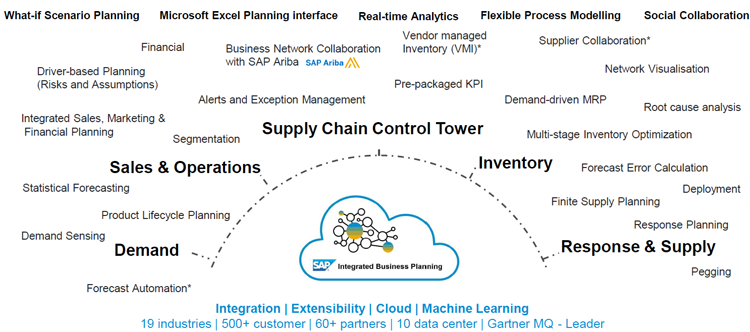Loading...
Loading...
SAP IBP is a cloud-based solution that enhances supply chain planning, accommodating growth and ensuring seamless integration with SAP and third-party systems. It covers demand, supply, inventory, and S&OP, facilitating streamlined planning and performance improvement. Leveraging advanced analytics, AI, and optimization algorithms, SAP IBP provides real-time visibility, enhances forecasting, and expedites decision-making across the supply chain, fostering data-driven strategies and collaborative efficiency.
IBP empowers planning for a sustainable and risk-resilient future by enhancing supply chain responsiveness through analytics, simulations, and alerts, helping businesses stay adaptive and forward-thinking.







